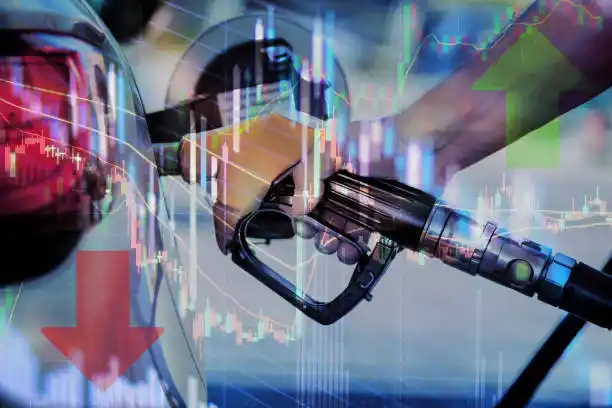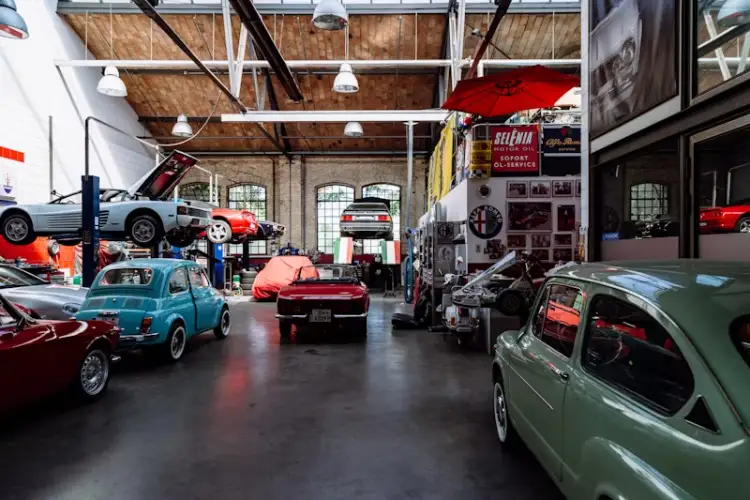- How to Improve Your Elantra 2017's Fuel Efficiency Today
- Understanding Elantra 2017's Fuel System
- Long-Term Fuel Saving Strategies
- 2025 Fuel Price Projections & Budgeting
- FAQ
Want to master Elantra 2017 fuel consumption? This guide offers you clear and actionable tips to reduce fuel expenses and enhance your vehicle’s overall efficiency. Dive in to explore smart strategies tailored for the GCC environment, including advice for navigating highways from Dubai to Abu Dhabi and beyond.
How to Improve Your Elantra 2017's Fuel Efficiency Today

3 Immediate Driving Adjustments
When aiming to reduce your fuel consumption, small driving adjustments can make a noticeable difference. Consider these suggestions:
Maintain a steady speed between 80-100 km/h on highways, which is ideal for keeping your engine operating smoothly.
Engage cruise control on long, flat stretches such as the Dubai-Abu Dhabi E11 highway to ensure consistent speed and prevent unnecessary fuel burn.
Avoid rapid acceleration by keeping the RPM below 2,500, as sudden bursts can significantly increase fuel usage.
These fuel efficiency tips not only help save money but also contribute to a longer lifespan for your Elantra 2017.
Maintenance Must-Dos for Better Mileage
Regular upkeep is key to optimal fuel consumption. Follow this maintenance checklist to keep your Elantra in top condition:
Task | Frequency | Impact on Fuel Economy |
|---|---|---|
Air Filter Replacement | Every 24,000 km | Enhances fuel efficiency by 3-10% |
Tire Pressure Check | Monthly | Each PSI gain can boost mileage by 0.6% |
Oil Change | Every 8,000 km | Helps maintain steady performance at 1-2% |
Maintaining your vehicle isn’t just about keeping it running; it’s also about ensuring your fuel consumption stays efficient under various driving conditions, whether on city roads or long desert highways.
Understanding Elantra 2017's Fuel System

Official vs Real-World MPG
It's important to compare factory MPG ratings with real-world figures. Manufacturers state a combined fuel consumption of about 7.8L/100km, but local tests in UAE conditions have shown values ranging from 8.2 to 9.1L/100km. Some drivers report achieving as low as 7.4L/100km on optimized routes, such as from Sharjah to Fujairah. These figures offer useful insights when planning your trips and budgeting for fuel expenses.
Hybrid Conversion Options for 2025
For many owners, exploring hybrid alternatives might be attractive. Aftermarket mild hybrid kits are available for approximately AED/SAR 8,500-12,000 and can boost fuel economy by 15-20%. This upgrade could yield savings with a payback period of roughly 3-4 years given the current fuel prices in the GCC region. Considering these options proactively will help you stay ahead as technology evolves.
Long-Term Fuel Saving Strategies

Eco-Friendly Modifications
Thinking about long-term savings? Upgrading your car can extend efficiency beyond driving practices:
Invest in low-rolling resistance tires, typically around AED/SAR 1,800 per set, to reduce friction and drag.
Add aerodynamic wheel covers to lower wind resistance and improve your MPG.
Switch to LED lighting, which, besides saving energy, provides a modern look while being cost-effective over time.
Each of these modifications contributes to better fuel economy year after year.
Smart Route Planning
Efficient driving isn’t just about the car; it's also about planning your journey:
Utilize apps like Waze for fuel-efficient routing to avoid congested areas.
Steer clear of peak traffic zones in areas like Dubai Marina, where stop-and-go driving wastes fuel.
Combine multiple errands into one trip to reduce the overall distance you travel.
Smart route planning paired with your vehicle’s optimized performance can lead to a noticeable drop in fuel consumption.
2025 Fuel Price Projections & Budgeting
As fuel prices continue to influence driving costs, being informed is crucial. Expert projections suggest that the price of Octane 95 could range between AED/SAR 3.15-3.40 per liter. Based on these projections, the estimated annual fuel cost for an Elantra 2017 is between AED/SAR 9,200 and 9,800. Comparatively, this may result in a fuel cost that is about 12% lower than other equivalent 2017 sedans in the region. Planning your budget with these trends in mind can help you optimize your expenses over the coming years.
All data referenced here is based on reports from the UAE Roads & Transport Authority (2024) and GCC guidelines.
FAQ

What are the most effective driving techniques to improve fuel consumption?
Maintaining a consistent speed is key, as rapid acceleration and heavy braking significantly drain fuel. Using cruise control on highways can help keep your speed stable, leading to improved fuel efficiency. It’s also beneficial to plan your trips in advance to avoid idling in traffic. These techniques, combined with regular vehicle maintenance, create the best conditions for optimal fuel economy. This strategy is highly recommended for everyday driving in the GCC environment.
How does regular maintenance contribute to lower fuel consumption?
Regular maintenance, such as checking tire pressure and replacing air filters, directly impacts fuel economy by ensuring the engine runs efficiently. Proper tire inflation reduces rolling resistance and fuel waste, while a clean air filter allows for better engine performance. Additionally, timely oil changes and other routine servicing prevent excessive fuel use due to engine strain. Keeping up with a strict maintenance checklist can help extend the life of your vehicle and save on fuel costs over time.
Can hybrid alternatives truly reduce my Elantra 2017’s fuel consumption?
Yes, investing in a mild hybrid kit can make a significant difference by boosting your vehicle's fuel efficiency by 15-20%. While the upfront cost is notable, the reduction in fuel expenses over several years can offset the investment. These hybrid conversion options are tailored for drivers looking for a more environmentally friendly upgrade while also aiming to reduce running costs. Before opting for a hybrid upgrade, ensure the installation complies with local GCC regulations for vehicle modifications.
What eco-friendly modifications are most beneficial for long-term fuel savings?
Upgrades such as low-rolling resistance tires and aerodynamic enhancements can lead to appreciable improvements in fuel economy. Switching to LED lighting is another practical option that reduces energy consumption. These modifications are designed to lower overall vehicle drag and improve performance without compromising safety. They are particularly suited for drivers keen on both efficiency and sustainability in the long run.
How should I adjust my driving habits during heavy traffic in metropolitan areas?
In congested urban areas, you should focus on minimizing idling and maintaining a relaxed driving pace. Use real-time traffic apps to select less crowded routes that allow you to maintain a steady speed. Avoid aggressive acceleration and braking as these habits lead to increased fuel consumption. Adapting these practices in heavy traffic can help optimize your vehicle’s fuel efficiency even under challenging conditions.
This article is for reference only; please refer to the latest local laws and regulations for guidance.
Read More:
2025 Honda Accord Tire Size:Quick Check & Replacement Tips
2025 Honda Civic vs Accord:Choosing Your Perfect Sedan
2025 Volkswagen Teramont Engine:Choices for Modern Drivers
2 / 5













